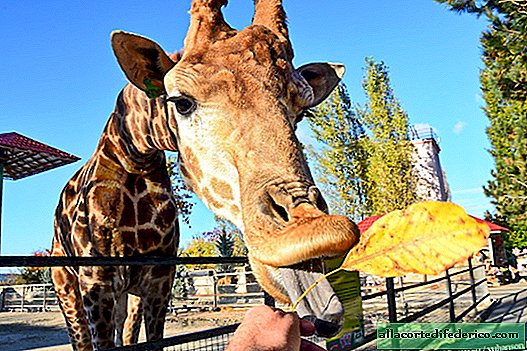Victims of beauty: do peacocks fly well with such a long and heavy tail
In many nations of the world, peacocks symbolized prosperity, wisdom and love. They were bred in the palaces of emperors and noble persons, and the people of China still believe that if you see a peacock with its tail unfolded, it will bring great luck. Thanks to the chic tail of a peacock, everyone knows, even small children. The males of these birds are really magnificent, but the tail of incredible beauty sometimes gives its owner a lot of trouble.

These beautiful birds can be found in parks and nurseries around the world, and in the wild peacocks live in India, Pakistan, Bangladesh, Sri Lanka and Nepal. But these birds achieved true prosperity in India, where peacocks are revered and protected. They can often be found in Indian villages, although their natural habitat is tropical forests and bushes. Peacock is the national symbol of India and is considered sacred in most of the country.

Only males have a luxurious tail, which serves to attract the attention of females during the breeding season. Interestingly, peacocks are polygamous: each male in the “harem" has about 3 to 5 females. A magnificent tail is simply necessary in order to win and hold so many fans.

In fact, the tail of a peacock is not exactly a bird's tail in its traditional sense. The very luxurious fan that the peacock proudly demonstrates to the whole world is just the covering feathers of the mantle. And the tail itself is quite ordinary and consists of gray-brown feathers. Interestingly, at a young age, males and females of a peacock are no different from each other. And only after 1.5 years the males acquire a bright color characteristic of their subspecies. Peacocks are a striking example of sexual dimorphism in the animal kingdom, when the male and female of the same species have significant differences in appearance.

Females of peacocks, in comparison with their gentlemen, are rather modest. Their outfit is more camouflage than pompous, although they have a crest on the head and some colored tint of feathers.

Although all peacocks belong to the same species, scientists distinguish within it several subspecies that differ in nuances of color. There are more than ten basic color options for the plumage of peacocks and many more mixed types.

Peacocks have a very loud and alarming cry, therefore in ancient times they were kept as a guard of palaces and temples. Seeing the stranger, these watchful birds sitting on towers and walls made characteristic sounds that warned of danger. Today, this feature helps birds and animals living with peacocks in the neighborhood. Coming to a watering place with other animals, peacocks often ruin the hunt for tigers. They quickly figure out a predator lurking in the bushes, and their sharp cry often leaves the tiger without dinner.

But tigers are being patient and waiting in the wings. In the breeding season, which lasts in peacocks from April to autumn, males are especially vulnerable. The fact is that all their thoughts and actions at this time are occupied only by attracting females and fighting with competitors. Having fluffed its tail, the peacock captivates the female and completely forgets about the danger that creeps up behind. A chic tail deprives the bird of a view, and tigers do not miss this moment: one leap, and the handsome's life ends.

But this is not the only drawback of the peacock tail. The fact is that even when folded, it is very long and bulky, not to mention the significant weight. This significantly limits the flight ability of males. Peacocks can fly, but at insignificant distances. In addition, peacocks do not always have time to quickly rise from the ground and take off in case of danger.

Flying peacocks make an unforgettable impression. They, like fabulous phoenix birds, soar in the sky, bewitching and charming.
The material is copyrighted, when copying a link to an article or travelask.ru site is required
















